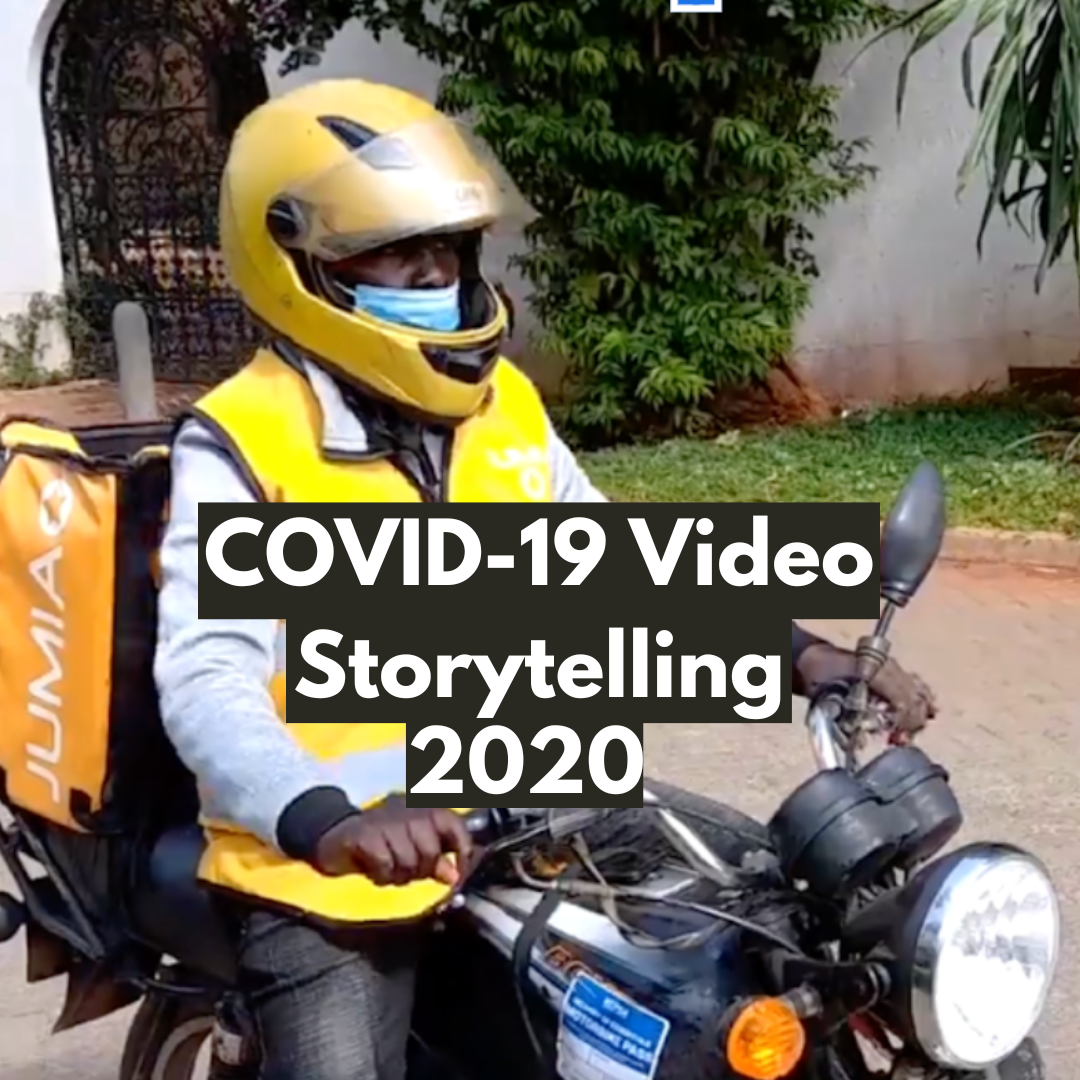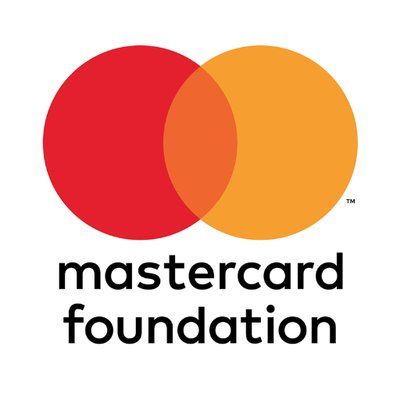Overall Report
Background
“[Empowerment] is the ability to make choices. To be disempowered means to be denied choice, while empowerment refers to the processes by which those who have been denied the ability to make choices acquire such an ability.”
This report analyzes the research undertaken by Caribou Digital and several collaborators in partnership with the Mastercard Foundation to understand how women are using digital platforms to earn a living (platform livelihoods) in Ghana, Kenya, and Nigeria. Three partners—the Centre for Social Policy Studies at the University of Ghana, Qhala Limited, and Lagos Business School—conducted qualitative research in each country. A total of 150 women were interviewed, with additional male sampling in Kenya and ten gender and platform livelihoods experts in each country. A fourth partner, Value for Women, conducted both quantitative and qualitative research analyzing the gender-inclusive policies and practices of seven platforms operating on the African continent.
Key question
The overarching question to this research is:
“To what extent are platform livelihoods empowering for women?”
(Value for Women also uses the terms “gender inclusive” and “gender-forward,” which they further define in their work).
All partners define platform livelihoods as platform work and sales. At Caribou Digital, we break this down further into working, trading, renting, and creating.
This overall report explores five common themes that arose across these reports and applies the Gender at Work Framework to understand the extent to which platform work and sales is empowering for women, including female platform workers and sellers’ understandings of empowerment, their expectations, the trade-offs they make, and how they affect change. We use the framework to explore ways in which various stakeholders (including, but not limited to, digital platforms themselves) might undertake action to respond to and improve the experiences of women on digital platforms. We find some answers through Naila Kabeer’s definition of empowerment as choice and the Gender at Work Framework, which illustrates how empowerment is not an end goal but a permanent process with new and perpetually shifting boundaries where actual power is located.
Video diaries
A key part of the research was self-shot videography by the interviewees. Caribou Digital partnered with a video storytelling company, Story x Design, who worked with nine selected interviewees to share their stories of platform experiences online; these nine stories can be found throughout this report. Story x Design also produced three videos on the cross-cutting themes of flexibility, increase in income, and social norms. As a result, the tensions of empowerment are very much in the voice of the interviewees.
Report structure
The report is structured as follows:
Section 1 lays out the context for the research.
Section 2 provides a brief overview of the existing academic, policy, and practitioner literature about women in platform livelihoods—defined as working, trading, renting, and creating online. Platform work and sales provide an additional (or sometimes primary) income for women, have benefits of flexibility, and involve relatively lower barriers to entry. But they also keep work “non-formal” for women, and offline biases are not only reflected but sharpened online, for example, algorithmic penalization if women turn down jobs because of commitments, safety concerns, or other reasons.
Section 3 shares the common themes and tensions found in the research:
- Money is only one of the reasons women may take up platform work and sales; passion and personal fulfillment are just as important.
- The women interviewed in all three countries acknowledge and navigate the pros and cons of flexibility afforded by platform livelihoods.
- According to the women interviewed, social commerce nurtures an entrepreneurial mindset and independence, but potentially less protection and safety. “Dedicated” platforms such as ride-hailing platforms imply formalization and protection but don’t always deliver.
- While analog challenges, such as cost, infrastructure, and so on, may be mostly equal for men and women, on the whole the challenges impact women more than men.
- Women experience a variety of social norm challenges. These tend to be more in work compared to sales, where women have a longer history of work offline. Friends and family can be cautious in their support, as they may see platform livelihoods as unstable or risky, but these perceptions are gradually changing.
- Initial explorations from Value for Women show that digital platforms are not (yet) actively considering gender differences in their design and service provision.
Section 4 applies Naila Kabeer’s definition of empowerment as choice and the Gender at Work Framework to illustrate how empowerment is not an end goal but a permanent process with new and perpetually shifting boundaries where actual power is located. While women are constantly challenging social norms, platforms and policies may lag behind. Empowerment is a multidimensional process that needs to happen individually and institutionally, formally and informally (i.e., changing perceptions as well as skilling and laws).
Section 5 addresses the key takeaways from the research, including practices currently underway to make platform livelihoods more empowering for women, such as cooperatives, platform practices, and policies focused on those earning a livelihood, but also their customers and employees, and men and women’s consciousness itself.
See other studies

© 2024 All Rights Reserved.

